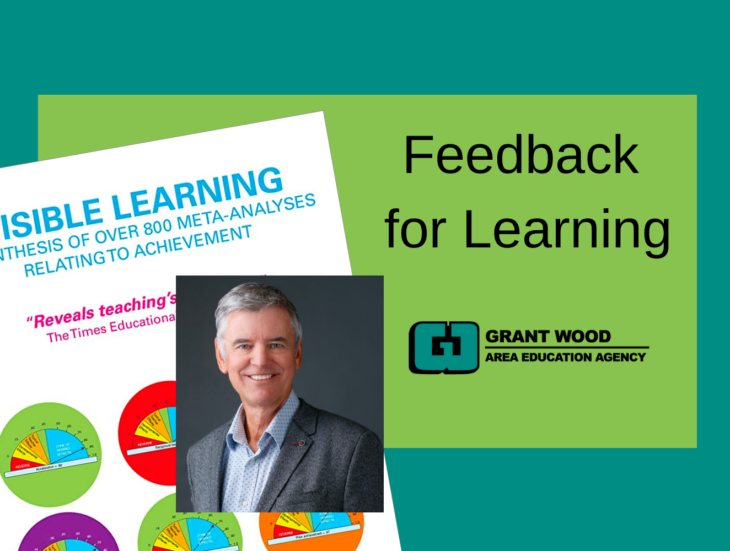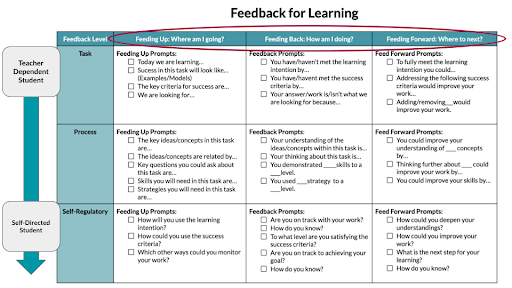
Feedback is a crucial component of the learning process. It helps students understand what they know and what they need to improve. However, not all feedback is created equal. Some feedback can be confusing or even demotivating, while other feedback is effective and helps students grow.
John Hattie is a leading researcher in the field of education, and his work on feedback has provided valuable insights into what makes feedback effective. In his book Visible Learning, he synthesizes over 15,000 studies on education to determine what factors have the greatest impact on student achievement.
According to Hattie, feedback has a powerful impact on student learning. In fact, it is one of the highest-impact strategies for improving student achievement. The key is to make sure the feedback is high-quality and actionable.
Hattie identifies three questions that teachers can answer to provide effective feedback to students:
- Where am I going? (Feeding Up) - This question asks teachers to “tee” the learning up for students by sharing with them the success criteria and examples of what it might look like for students to reach the success criteria.
- How am I going? (Feeding Back) - This question asks teachers to provide students with feedback on their learning in relation to the success criteria. How close or far are students from meeting the success criteria?
- Where to go next? (Feeding Forward) - This question asks teachers to help students determine what their next steps should be in their learning.
By incorporating these questions into their feedback practices, teachers can help students make meaningful progress in their learning. Feedback is most effective when it is a regular part of the learning process, so students can receive ongoing guidance and support as they work towards their goals. Additionally, providing structures for students to reflect on feedback and take immediate action to improve their work can be highly effective in accelerating student growth.
One resource that can help teachers in providing feedback that moves learning forward is the Feedback Matrix outlined in A Matrix for Feedback for Learning from Brooks, Carrol, Gillies, and Hattie. A simplified and adapted version of the Feedback Matrix can be found here. The matrix lays out the three feedback questions against three levels of feedback: task, process, and self-regulatory. These different levels of feedback help move students from being teacher dependent to more self-directed in their learning.

Finally, different tools and structures can help support feedback processes in the classroom. Those tools and structures might include:
- Student Conferences - set up times to confer with students about their learning. Utilize the feed up, feed back, and feed forward during your conferences with students.
- ScreenPal - This extension from the makers of Screencast-o-matic makes video feedback in any text box online possible.
How are you incorporating feedback into your classroom? What strategies and tools have you found particularly effective?
